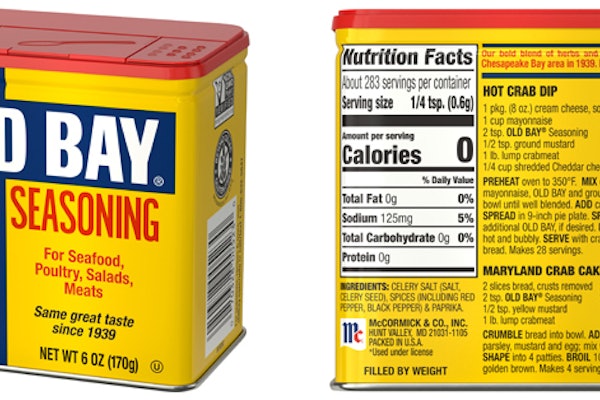1. Not understanding consumer or retailer needs. There are many examples of this, but here’s a particularly high-profile one. At the behest of a large global retailer, one leading consumer packaged goods (CPG) company spent a lot of time and money putting a well-known household cleaning product into a stand-up pouch. Sustainability was a driver, as well as the fact that it was a popular package format for similar products in Europe. Tens of thousands of cases were produced before it became clear that consumers, ever creatures of habit, weren’t buying it. Another pitfall: designing something that consumers may like, but that doesn’t work well in distribution systems or on store shelves, causing retailers to reject it.
2. Under-marketing the advantage of flexible packaging. In 2008, Unilever experimented with Ragu and Bertolli brand pasta sauces in a pouch. The pouch eliminated breakage concerns associated with glass, was microwavable right in the package, and resulted in less waste for the consumer to discard. But the pouches were at a higher price point than the jars displayed right next to them. Some industry experts feel that the package might have caught on had Unilever marketed these advantages to consumers right on the package. Tip: Consider lowering the price of a product in a new flexible package to entice consumers to abandon the legacy package format.
3. Poorly defined or changing requirements. Not doing your homework up front in terms of fleshing out the package requirements is a sure-fire recipe for failure. Alternatively, rushing a new film or package format to market without fully investing in validating the
idea using test rolls of film can also result in failure. Finally, changing requirements halfway through a project may not cause failure, but will likely result in a missed launch window, extra cost and delayed sales and profits.
4. Too many projects under way at once. The “mental make-ready” time of having to constantly switch mental gears between different projects can add delays, introduce mistakes, and reduce overall quality of work. You’re better off knocking out projects sequentially with fewer distractions.
5. Poor supplier coordination. Snags may occur due to unclear, inadvertent or incorrect assumptions surrounding package size, shape, material, and machinability. Avoid these bottlenecks by bringing together both machinery and materials suppliers, setting clear expectations, and including them on your team. Ensure that everyone reviews and commits to a common timeline and any potential technical hurdles are jointly discussed and understood. This worthwhile step not only reduces the potential for things to go wrong. The shared clarity and responsibility can also speed up resolutions and minimize finger-pointing when problems occur.
6. Poor internal communication practices. Finally, when things do start to go wrong, a culture where bad news gets hidden for fear of shooting the messenger will just make things worse. Creating an open communication climate where bad news gets reported and acted on immediately will yield positive results in the end.
7. No contingency plan. Selecting a given construction and discarding all other possibilities can be risky. Say your new structure for a frozen-food product passed all the tests, but once it’s out in production and distribution, reports of package failures start pouring in. Do you start over? The better alternative is to work on multiple constructions in parallel during the package development process. If your chosen construction fails, you don’t have to go back to the drawing board at the last minute.
1. Not understanding consumer or retailer needs.2. Under-marketing the advantage of flexible packaging.3. Poorly defined or changing requirements. 4. Too many projects under way at once.5. Poor supplier coordination.6. Poor internal communication practices. 7. No contingency plan. 


























